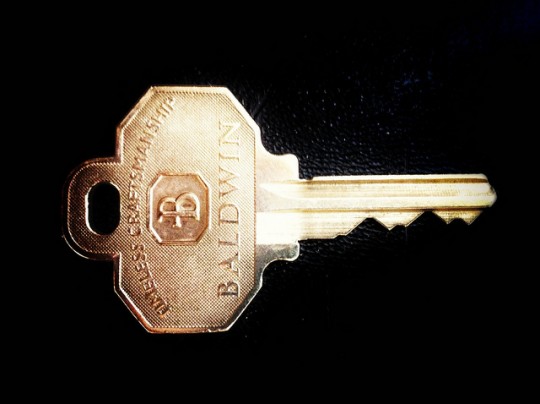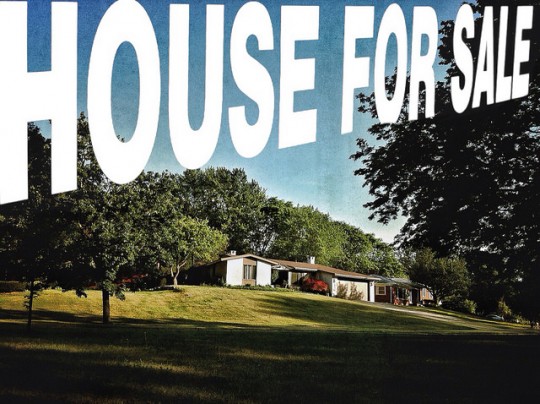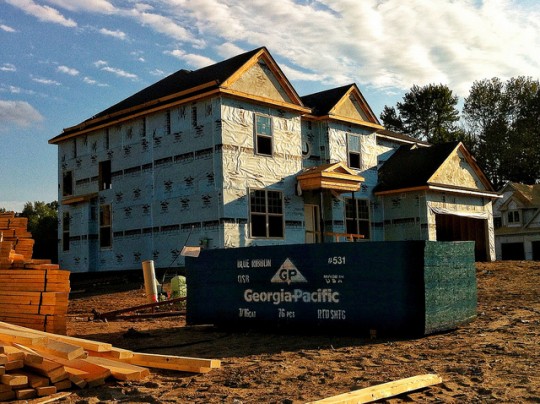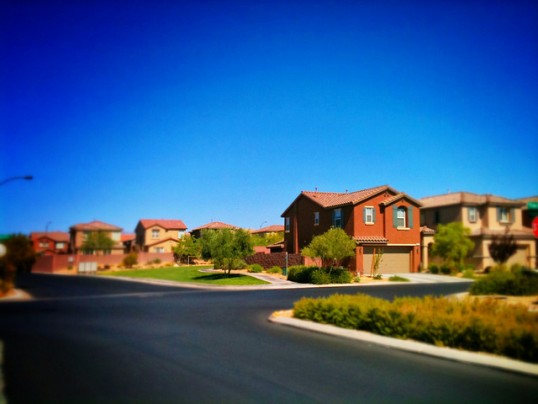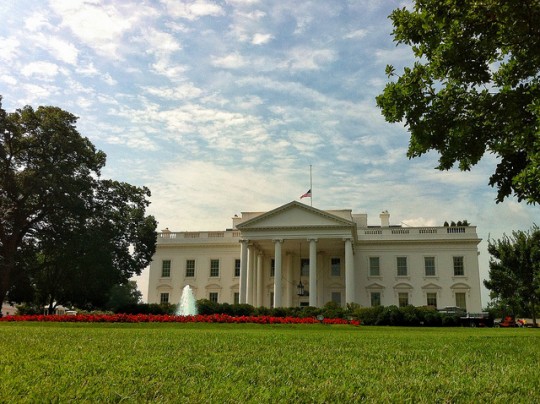A new report from Harvard University’s Joint Center for Housing Studies highlights the expected impact Millennials – young Americans between the ages of 18 and 34 – will have on the housing market as they begin buying homes and establishing households of their own. During the recession, young Americans hit hard by the economic downturn moved in with their parents or became renters. But as economic conditions improve, experts expect that the 86 million Americans considered part of the Millennial generation will begin moving out and buying homes. In fact, the Harvard report estimates that these young adults will create 24 million new households between 2015 and 2025. Peter Francese, a demographer and founder of American Demographics magazine, told RealtyTrac that Millennials are likely to be in the market for between five and seven million homes over the next five years. If, as predicted, demand for housing surges among young adults, it would provide a further boost to an already recovering housing and real estate market. More here.
Archive for June 2014
Majority Of Homes Affordable To Middle Class
Over the past year, home prices and mortgage rates have both risen from post-recession lows. And though the increases have affected affordability levels across the country, prices and rates are still well below where they usually are by historical standards. In fact, according to recent research from Trulia, most of the homes for sale in 80 of the 100 largest metropolitan areas in the country are affordable to a household making their area’s median income. The research calculated how many homes for sale were affordable based on whether or not the monthly payment equaled less than 31 percent of that area’s median income. The results showed that in the most affordable markets, more than 80 percent of homes were within reach. On the other hand, as few as 14 percent of homes were affordable to a middle-class household in the priciest markets. Nationally, the most affordable markets were in the Midwest and South. Not surprisingly, coastal areas had the most expensive markets and especially in the West where prices rebounded sharply following the housing crash. More here.
Mortgage Rates Continue Downward Trend
According to the Mortgage Bankers Association’s Weekly Applications Survey, mortgage rates declined across all loan categories last week, including 30-year and 15-year fixed rate loans with both conforming and jumbo balances, as well as FHA-backed mortgages. The decline continues a downward trend over the past several weeks, though rates did rise slightly the week before. Despite favorable interest rates, however, demand for mortgage applications fell slightly. In fact, the MBA’s Market Composite Index – which measures both purchase and refinance demand – slipped 1 percent from one week earlier and, individually, both the Purchase and Refinance indexes dropped 1 percent apiece. But following the previous week’s 9 percent plunge, the slight dip in overall mortgage demand is an improvement and one that can likely be attributed to downward trending mortgage rates. The MBA’s weekly survey has been conducted since 1990 and covers 75 percent of all retail residential mortgage applications. More here.
New Home Sales Up 18.6% in May
New estimates released by the U.S. Census Bureau and the Department of Housing and Urban Development show sales of new single-family homes rose 18.6 percent in May. It was the largest one month gain since January 1992 and far exceeded economists’ expectations for the month. Economists surveyed by the Wall Street Journal, for example, predicted a less than 1 percent gain. Combined with a recent spike in sales of previously owned homes, the new data indicates that home sales are showing signs of a rebound after falling behind during the first quarter of the year. In fact, the improvement means new home sales are now nearly 17 percent higher than they were a year earlier. The median sale price of new houses sold in May was $282,000; the average price was $319,200. Also, there was an estimated 189,000 new homes available for sale at the end of the month. At the current sales pace, that represents a 4.5-month supply. Typically, a six-month supply is considered healthy for the housing market. More here.
Sales Of Previously Owned Homes Climb 5%
Existing home sales – which include single-family homes, townhomes, condominiums, and co-ops – rose 4.9 percent in May, according to new numbers from the National Association of Realtors. The improvement marks the second straight month of gains and brings home sales within 5 percent of their year-before levels. It was also the highest monthly increase since August 2011. Lawrence Yun, NAR’s chief economist, said current sales activity is rebounding from a lackluster first quarter, as home buyers take advantage of slower price growth, increasing inventory, and the recent dip in mortgage rates. According to the release, sales increased across all four regions of the country. The Midwest saw the biggest gains, rising 8.7 percent from the month before, though the South wasn’t far behind with a 5.7 percent increase. The median time on market for all homes was 47 days, up less than a week from one year ago. In fact, 41 percent of homes sold during the month were on the market less than a month. The median existing single-family home price was $213,600, up 4.9 percent from last May. More here.
For Sale Inventory Key To Housing Health
Freddie Mac’s most recent U.S. Economic and Housing Market Outlook takes a look at residential real estate at the year’s halfway point and forecasts what’s ahead for the second half of 2014. According to the outlook, the market for single-family homes has been operating at a slower-than-expected pace so far this year, with home sales still well below last year’s level. And though demand for home purchase applications has picked up with the start of the spring selling season, they are still down 13 percent year-over-year. Frank Nothaft, Freddie Mac’s vice president and chief economist, said while housing has been weaker than originally projected, the important question is how much further prices will have to rise before builders begin building more homes and more existing homeowners put their homes up for sale. According to Nothaft, as long as for-sale inventory remains tight, home prices are likely to continue rising through the end of the year. The increases should be smaller than last year’s but will affect affordability in the short term. Freddie Mac also expects mortgage rates to rise gradually during the second half of 2014, though they will remain well below historical norms. More here.
Gov’t Report Sees Recovery Picking Up
After a harsh winter slowed growth, the housing market has begun to pick up, according to a new report issued by the U.S. Department of Housing and Urban Development and the U.S. Department of the Treasury. The administration’s Housing Scorecard – a comprehensive report that collects the latest data on residential real estate and the government’s foreclosure prevention efforts – found progress across a number of key indicators in May. Katherine O’Regan, HUD’s assistant secretary for policy development and research, said May’s Housing Scorecard shows that more homeowners have positive equity, foreclosures continue their downward trend, and sales of new and existing homes are rebounding. According to the report, homeowners’ equity in the first quarter of the year reached its highest level since the second quarter of 2007. The improvement returned more than 300,000 borrowers to a position of positive equity in their homes. Also, sales of existing homes rose for the first time all year in April and new home sales rebounded after declining four out of the previous five months. But, though the overall trend is positive, officials caution that there is still work to be done to help housing continue to recover from the recent recession and financial crisis. More here.
